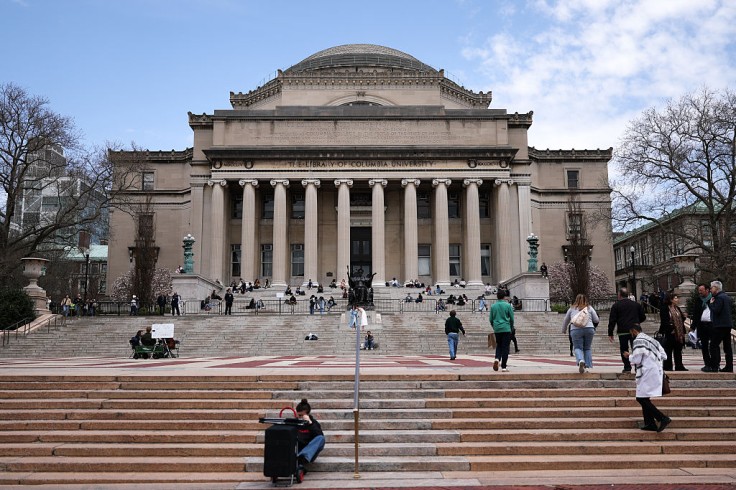
University tuition is soaring once again in the United States, pushing the cost of a college education to historic highs. For the 2024-2025 academic year, average annual tuition and fees now stand at $11,610 for in-state students at public universities and $30,780 for out-of-state undergraduates. Private colleges charge even steeper rates, with total yearly expenses—tuition, housing, and more—often topping $60,000.
This relentless rise isn't new, but the pace is alarming. Over the past 30 years, tuition has tripled, far outstripping wage growth and inflation. For many students and families, the numbers no longer add up, and the value of a degree is under more scrutiny than ever.
The political stakes are high. In Congress and on the campaign trail, college affordability and student debt are front-burner issues, especially for younger voters. Polls show most Americans believe college is too expensive and favor some kind of government action—be it debt cancellation, tuition caps, or expanded grants. But consensus ends there. Democrats push for bold moves like widespread debt forgiveness and free community college. Republicans emphasize personal responsibility, questioning the fairness of blanket relief and warning about costs to taxpayers.
Meanwhile, universities continue to hike tuition—often by 2% or more each year—citing rising operating costs and flat public funding. Some policy advocates support targeted debt relief, arguing it would narrow racial and economic gaps and boost consumer spending. Others urge structural reform: more public investment, expanded Pell Grants, or a fundamental rethink of how higher education is funded.
The consequences ripple well beyond campus. High tuition and mounting debt are deepening socioeconomic divides. Lower-income and minority students are more likely to be deterred by the price tag or end up with crippling loans. Young adults delay buying homes, starting businesses, or saving for retirement because of monthly payments. The economic drag is real—and growing.
A generational divide is fueling the debate. Younger Americans, who bear the brunt of rising costs, are far more likely to support transformative reforms. Older generations, many of whom paid much less for college, are split—some worry about fairness, others about fiscal prudence.
Universities themselves face growing pressure to prove their worth. Students and parents want to see a clear return on investment. In response, institutions are expanding online degree programs and alternative credentials; the online education market is set to hit $74 billion in 2025. Community colleges and non-traditional pathways are also gaining traction, especially among students seeking affordable, flexible options.
Beneath the policy fights lies a bigger question: Is higher education a private luxury or a public good? The answer will shape whether the next generation can afford college—and whether America can maintain a workforce ready for the challenges ahead.
For engaged citizens, this debate is about more than tuition. It's about social mobility, economic growth, and the social contract. The outcome will decide not just who gets to learn, but who gets to lead in the decades to come.
© 2025 University Herald, All rights reserved. Do not reproduce without permission.








